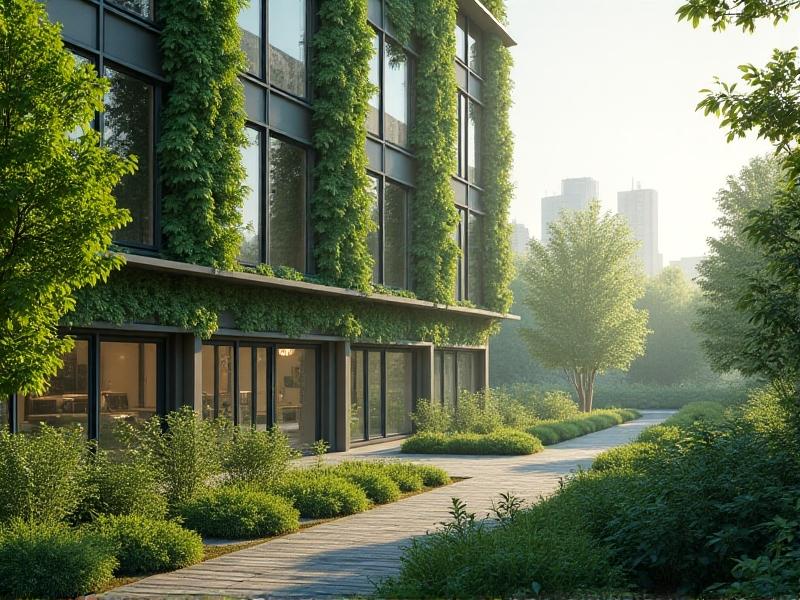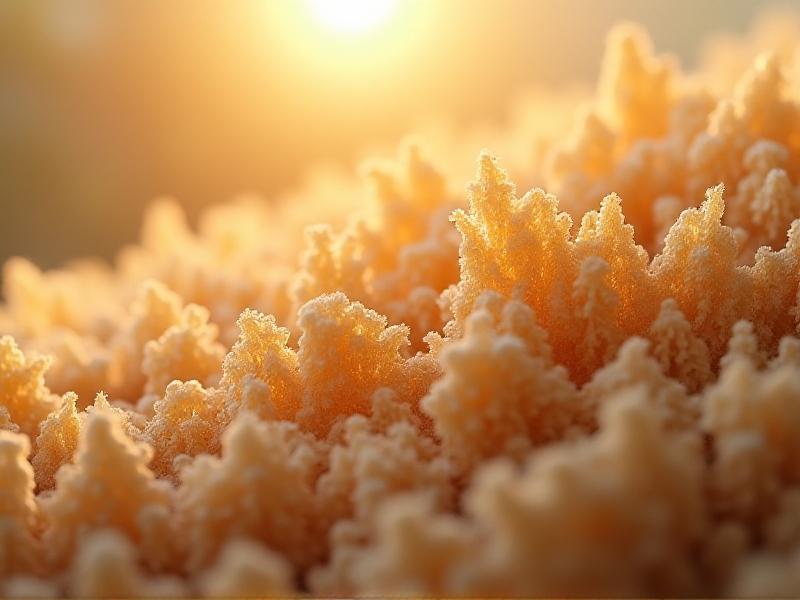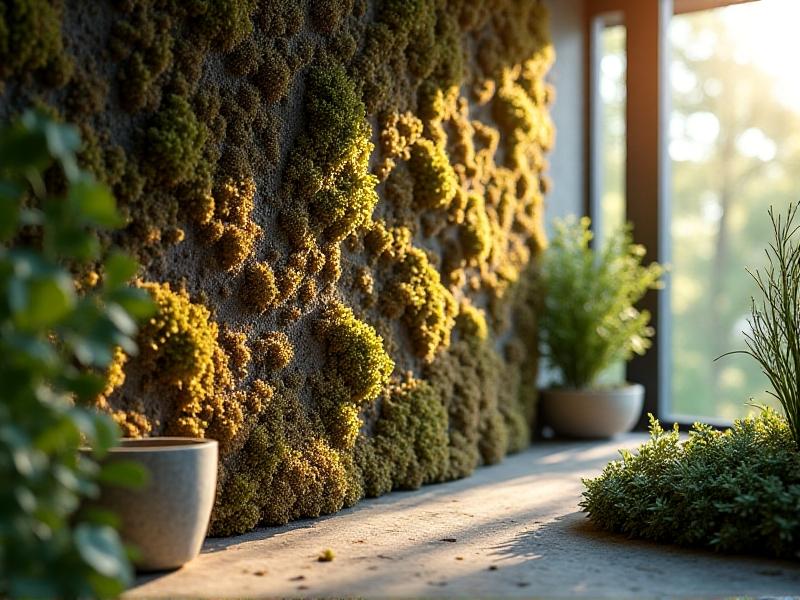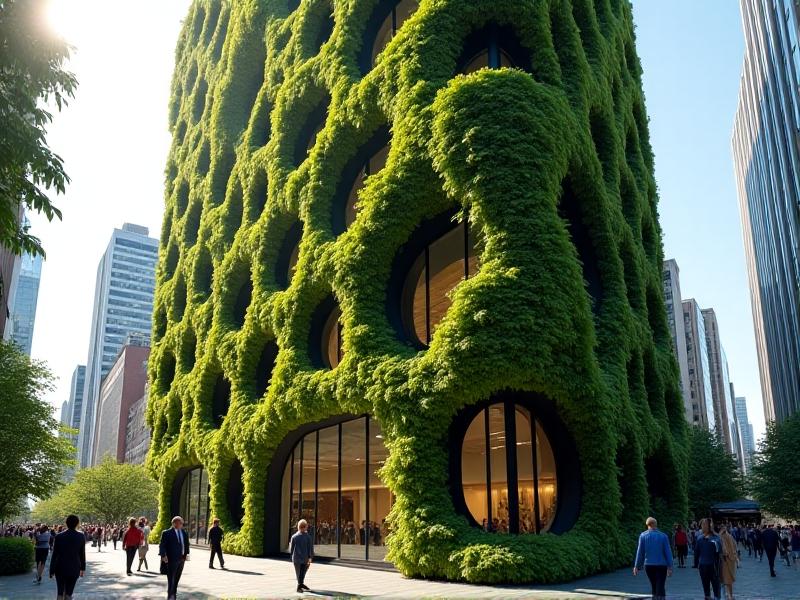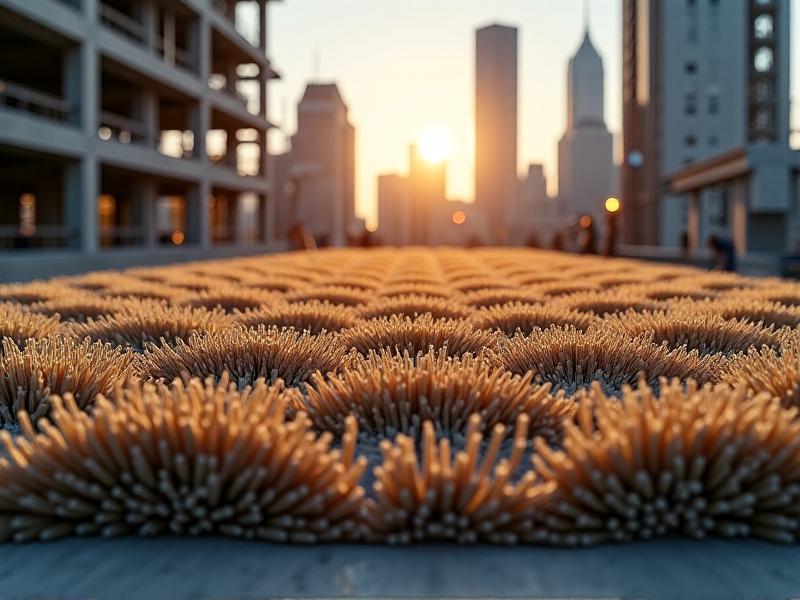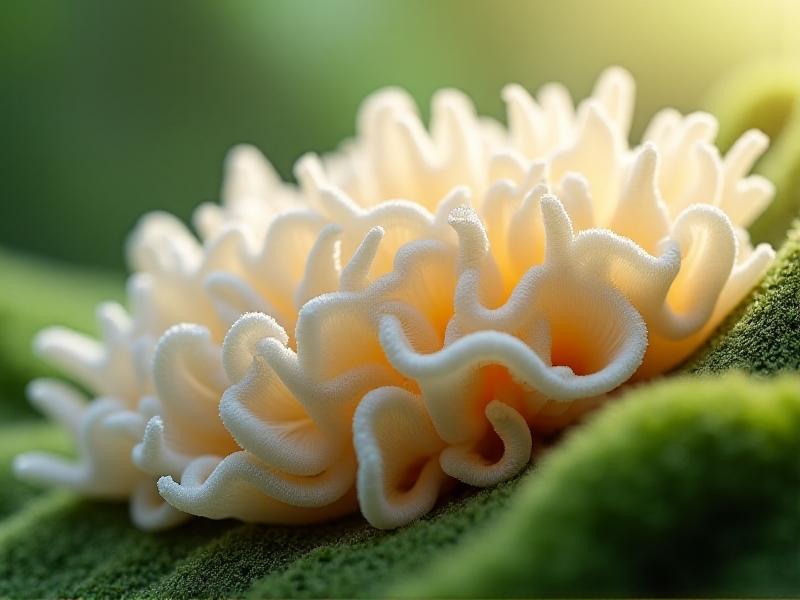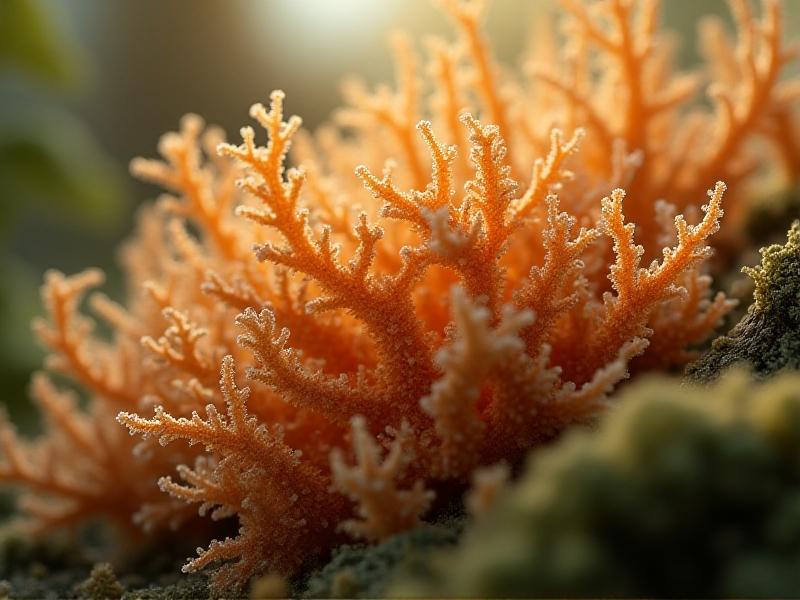Accelerated Weathering Tests for Exterior Myco-Insulation
Introduction to Myco-Insulation and Accelerated Weathering Tests
Myco-insulation, derived from mycelium—the root structure of fungi—has emerged as a sustainable alternative to traditional insulation materials. Its eco-friendly properties, combined with its thermal and acoustic performance, make it a promising candidate for exterior applications. However, like any material exposed to the elements, myco-insulation must withstand various environmental stresses, including UV radiation, temperature fluctuations, and moisture. This is where accelerated weathering tests come into play. These tests simulate years of environmental exposure in a condensed timeframe, providing valuable insights into the material's durability and performance.
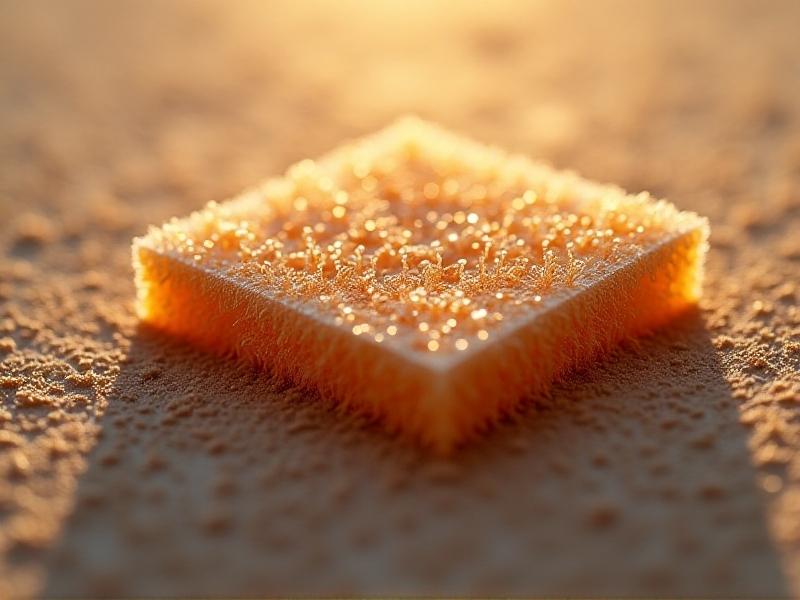
Understanding Accelerated Weathering Tests
Accelerated weathering tests are designed to replicate the effects of long-term environmental exposure on materials in a controlled laboratory setting. These tests typically involve exposing the material to cycles of UV light, heat, moisture, and sometimes even mechanical stress. For myco-insulation, these tests are crucial to determine how well it can perform in real-world exterior applications. Common testing methods include the use of xenon arc lamps to simulate sunlight, salt spray chambers to mimic coastal conditions, and freeze-thaw cycles to test resistance to temperature extremes. The goal is to identify potential weaknesses and improve the material's formulation before it is deployed in the field.

Key Factors Influencing Myco-Insulation Durability
Several factors influence the durability of myco-insulation when subjected to accelerated weathering tests. The composition of the mycelium, the type of substrate used during growth, and any additional treatments or coatings applied to the material all play a role. For instance, mycelium grown on agricultural waste may have different properties compared to that grown on synthetic substrates. Additionally, the density and thickness of the insulation can affect its resistance to moisture and UV degradation. Understanding these variables helps researchers optimize the material for specific environmental conditions, ensuring it remains effective over time.
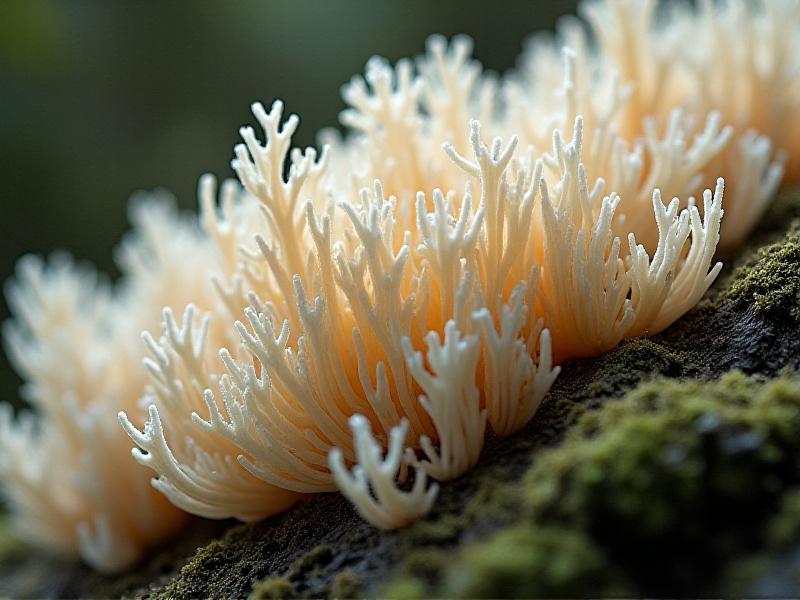
Simulating Real-World Conditions in the Lab
To accurately assess the performance of myco-insulation, accelerated weathering tests must closely mimic real-world conditions. This involves creating test protocols that replicate the specific environmental challenges the material will face. For example, in regions with high humidity, tests may focus on moisture absorption and mold resistance. In areas with intense sunlight, UV resistance becomes a priority. By tailoring the testing conditions to the intended application, researchers can gather more relevant data, leading to better-informed decisions about the material's suitability for different climates and environments.
Analyzing Test Results and Material Performance
Once the accelerated weathering tests are complete, the next step is to analyze the results. This involves examining the physical and chemical changes in the myco-insulation, such as color fading, structural integrity, and thermal performance. Advanced analytical techniques, including microscopy, spectroscopy, and mechanical testing, are used to assess these changes. The data collected provides insights into the material's long-term durability and helps identify areas for improvement. For instance, if the insulation shows significant degradation after UV exposure, researchers might explore adding UV-resistant coatings or modifying the mycelium growth process to enhance its resilience.
Challenges and Limitations of Accelerated Weathering Tests
While accelerated weathering tests are invaluable for predicting material performance, they do have limitations. One challenge is accurately replicating the complexity of real-world environmental conditions. For example, natural weathering involves a combination of factors that can be difficult to simulate in a lab. Additionally, the accelerated nature of these tests may not account for long-term chemical changes that occur over decades. Researchers must balance the need for quick results with the desire for accurate, long-term predictions. Despite these challenges, accelerated weathering tests remain a critical tool in the development and validation of myco-insulation for exterior applications.
Future Directions in Myco-Insulation Research
The field of myco-insulation is still in its early stages, and there is much to explore in terms of material optimization and application. Future research may focus on developing hybrid materials that combine mycelium with other natural or synthetic components to enhance durability and performance. Additionally, advancements in accelerated weathering testing methods could lead to more accurate predictions of material behavior. As the demand for sustainable building materials grows, myco-insulation has the potential to play a significant role in reducing the environmental impact of construction. Continued research and innovation will be key to unlocking its full potential.
Conclusion: The Role of Accelerated Weathering Tests in Sustainable Building
Accelerated weathering tests are a vital component in the development of myco-insulation for exterior applications. By simulating environmental stresses in a controlled setting, these tests provide critical insights into the material's durability and performance. As the construction industry seeks more sustainable alternatives to traditional insulation materials, myco-insulation offers a promising solution. However, its success will depend on rigorous testing and continuous improvement. Through ongoing research and innovation, myco-insulation has the potential to revolutionize the way we think about building materials, paving the way for a more sustainable future.
